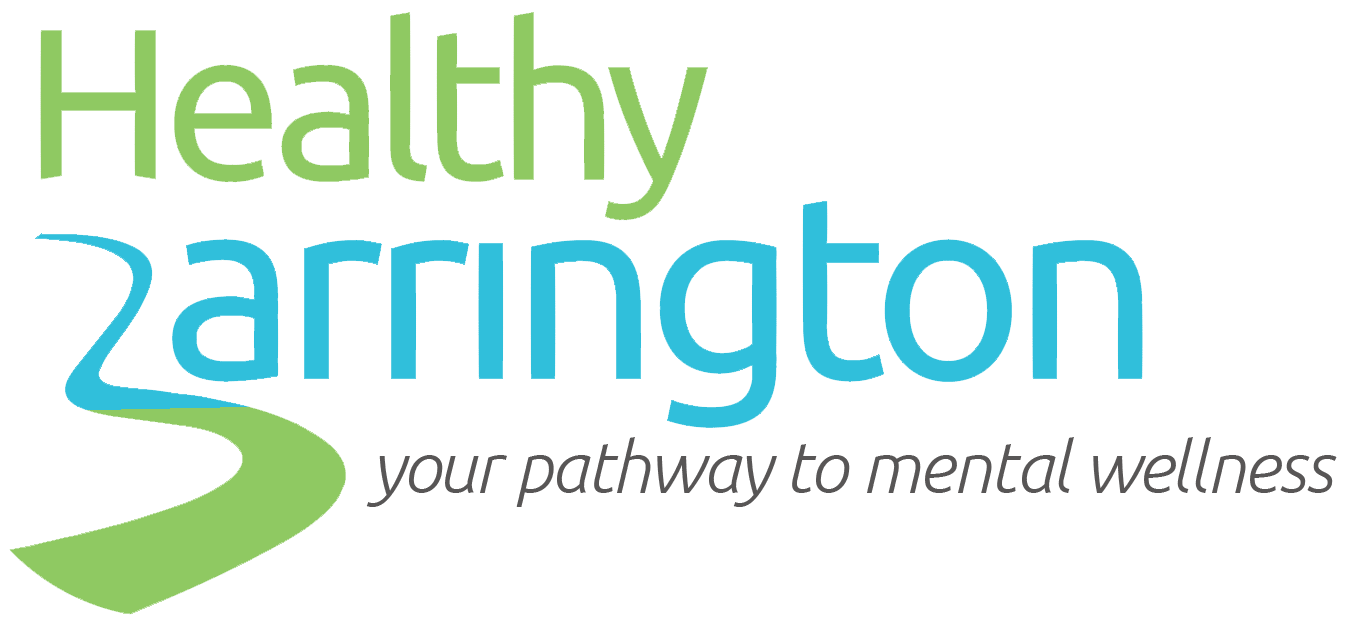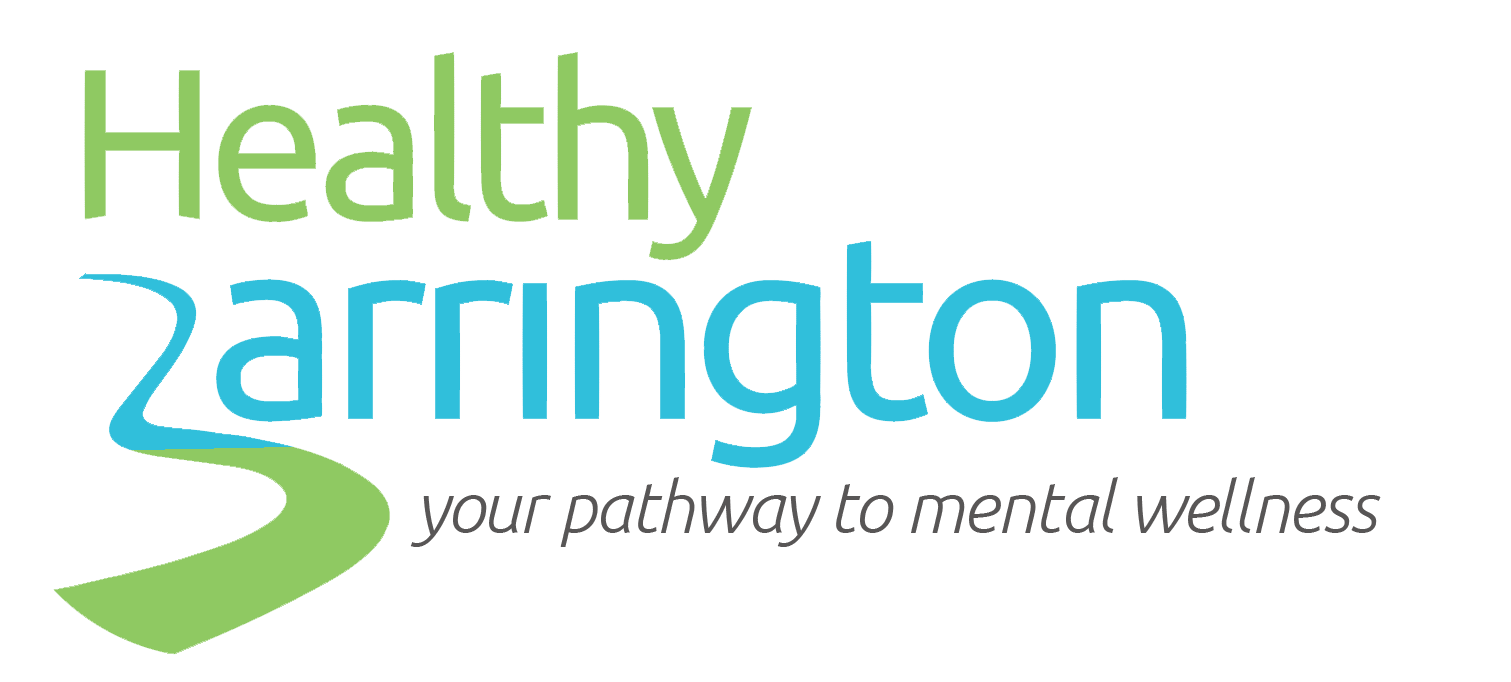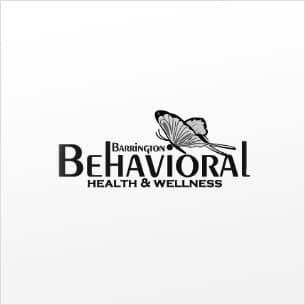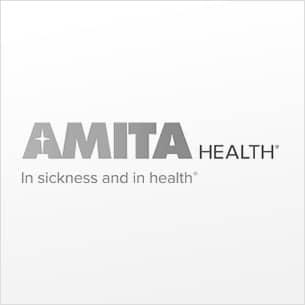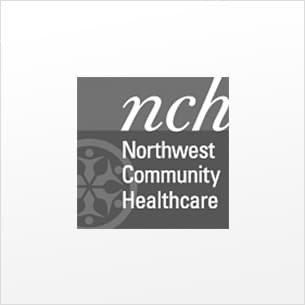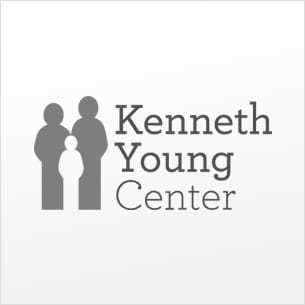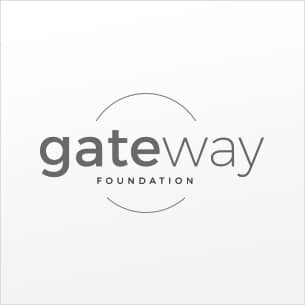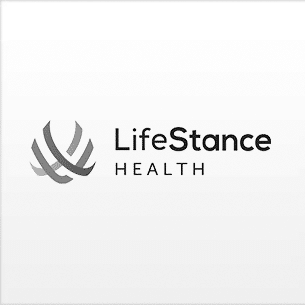Source: Mental Health America
There are many reasons why people decide to drink and use drugs. But the increasing use of drugs and drinking can come with serious risk and devastating consequences.
Substance abuse affects an estimated 25 million Americans. In terms of people who are affected indirectly such as families of abusers and those injured or killed by intoxicated drivers, an additional 40 million people are affected. The monetary cost to society and the economy because of reduced productivity, property damage, accidents, and health care are astounding. Alcoholism (heavy drinking) afflicts 16 million adults and almost 300,000 children annually. An estimated 21.6 million Americans (age 12 and older) are addicted to other drugs such as sedative-hypnotics or barbiturates, opiates, sedatives, hallucinogens and psychostimulants.
For many individuals, consuming low or infrequent doses of substances is not uncommon. Sometimes individuals use substances experimentally or casually. If this is the case, serious negative effects should not occur.
If using substances starts to have a negative effect on life, it’s a sign of possible addiction. There are many symptoms and warning signs of substance abuse and dependence including:
- Continuously using drugs or alcohol even while experiencing negative side effects
- Finding out that you are using more and more drugs or alcohol to get the same “good feeling”
- Trying to stop by finding it very difficult
- Emotionally feeling like you need to use drugs or drink to feel normal
- Physically feeling like you need to use drugs or drink to feel normal
- Finding that you’re spending more and more time trying to find ways to get drugs or alcohol
- Feeling sick (withdrawal symptoms) including – trembling, hallucinations, sweating and high blood pressure when you stop using drugs or drinking
- When doing drugs or drinking interferes with work, school, and relationships
According to the American Psychiatric Association, addictive disorders are caused by 10 classes of substances which include (with common examples):
- Alcohol
- Caffeine
- Marijuana
- Hallucinogens (PCP or LSD)
- Inhalants (glue, paint thinner)
- Opioids (prescribed painkillers, heroin)
- Sedatives, hypnotics (sleeping pills), anxiolytics (Xanax or Valium)
- Stimulants (methamphetamines, cocaine)
- Tobacco
- Other – unknown or emerging drugs like K2 or bath salts.
